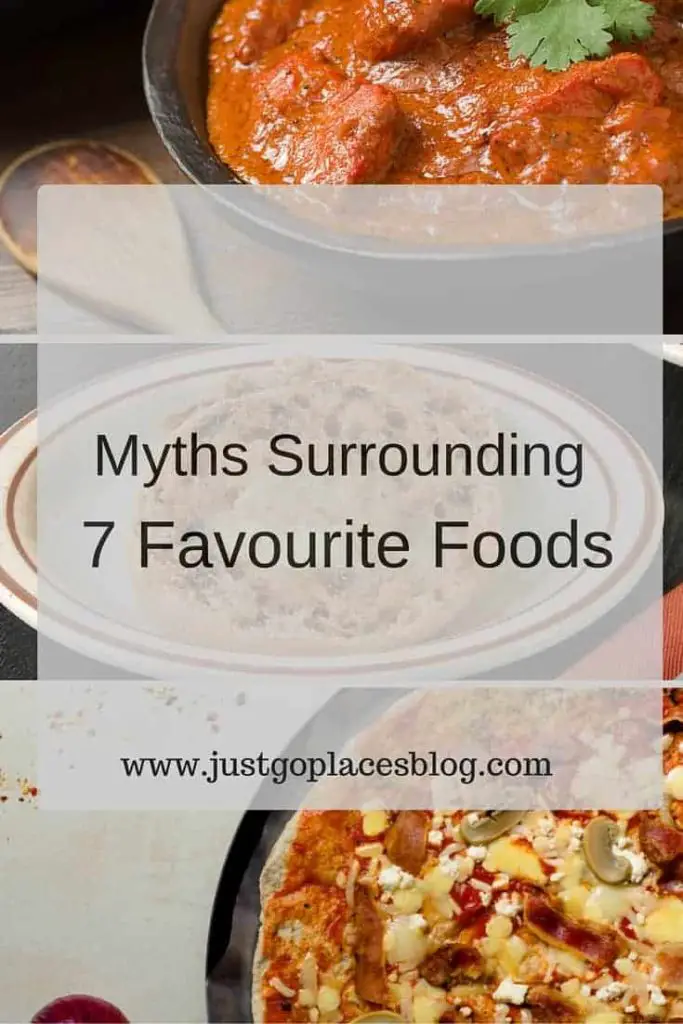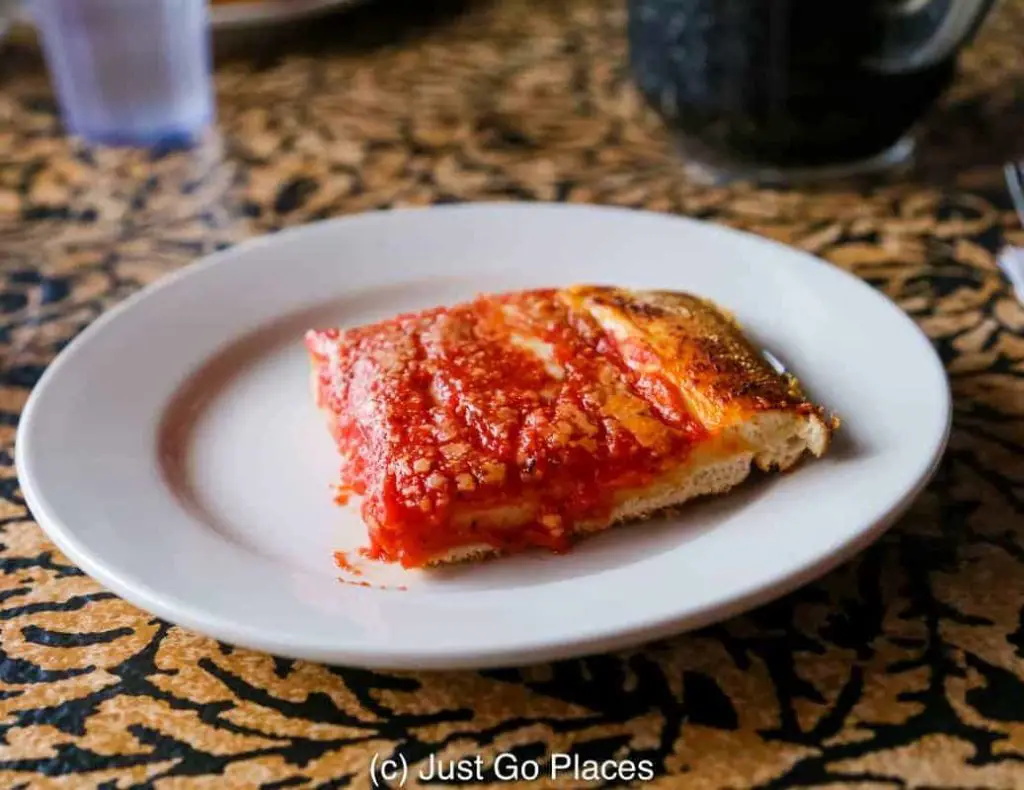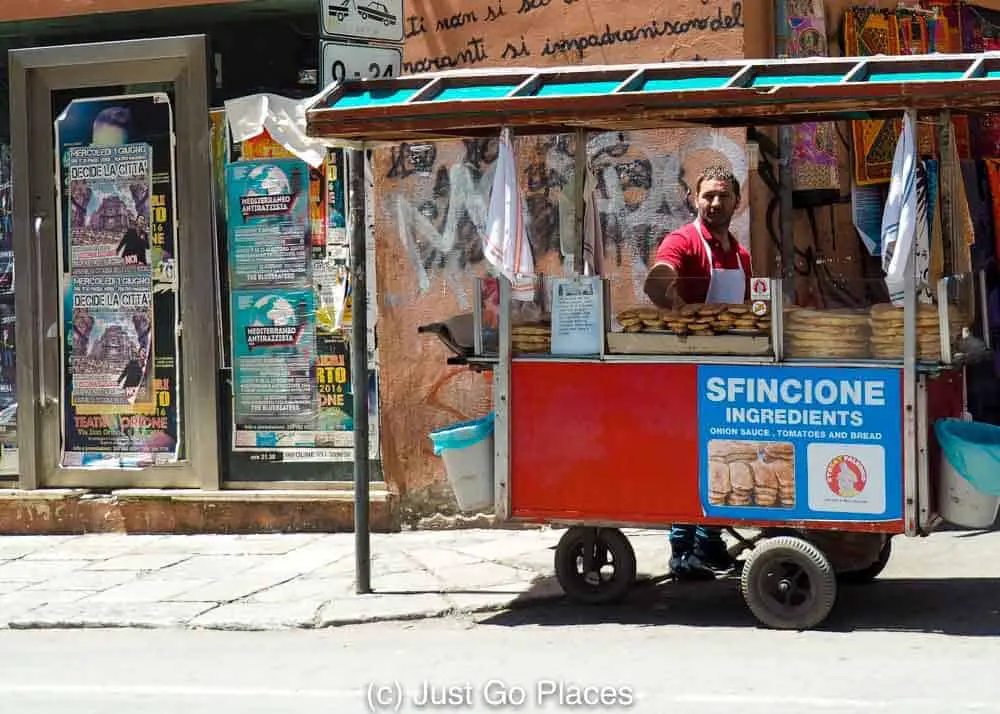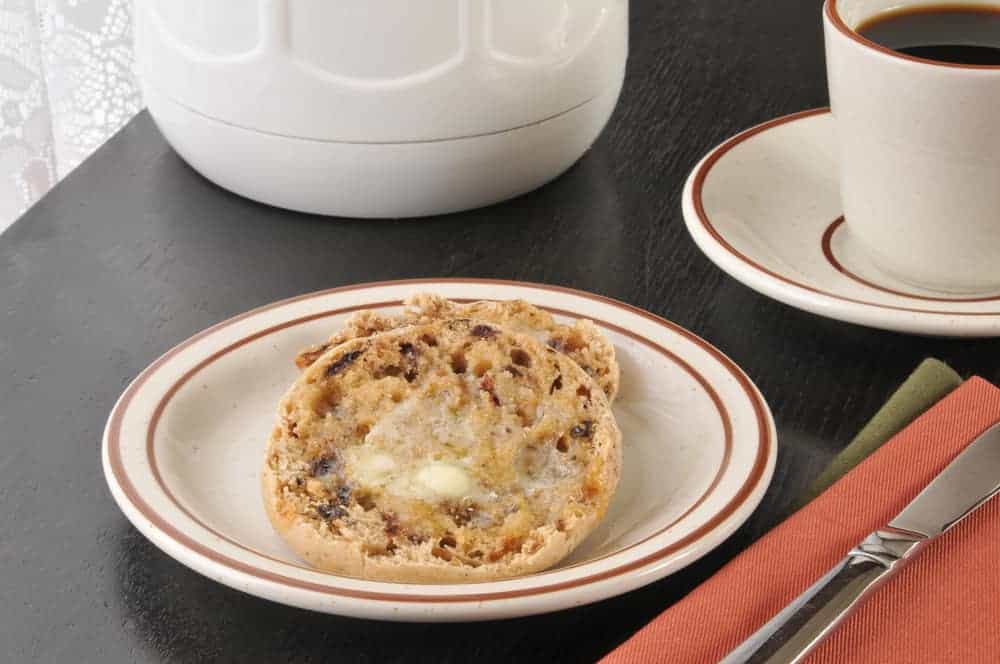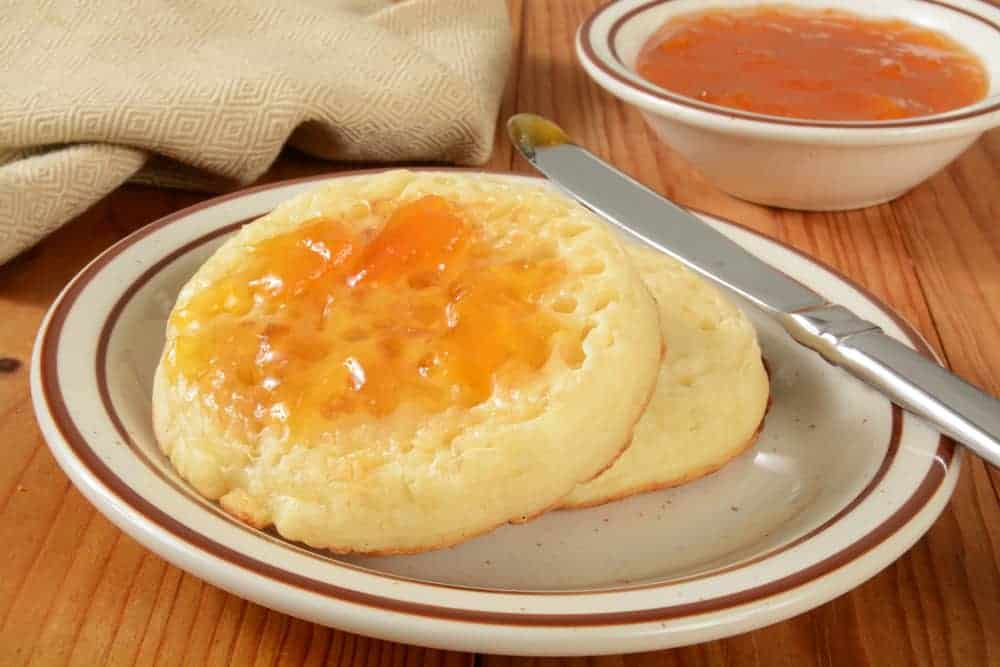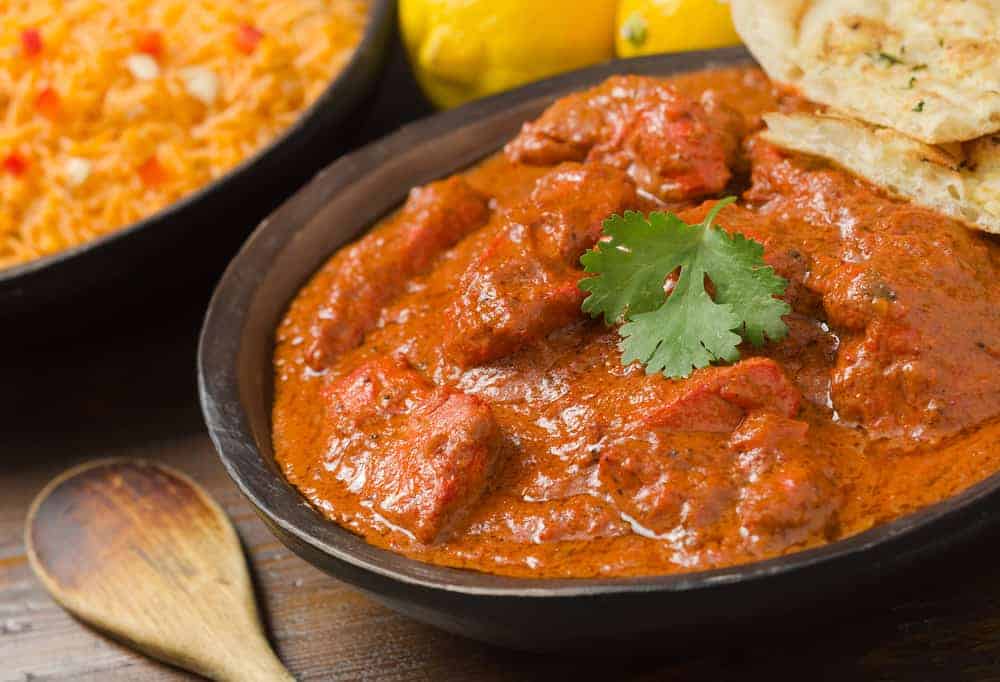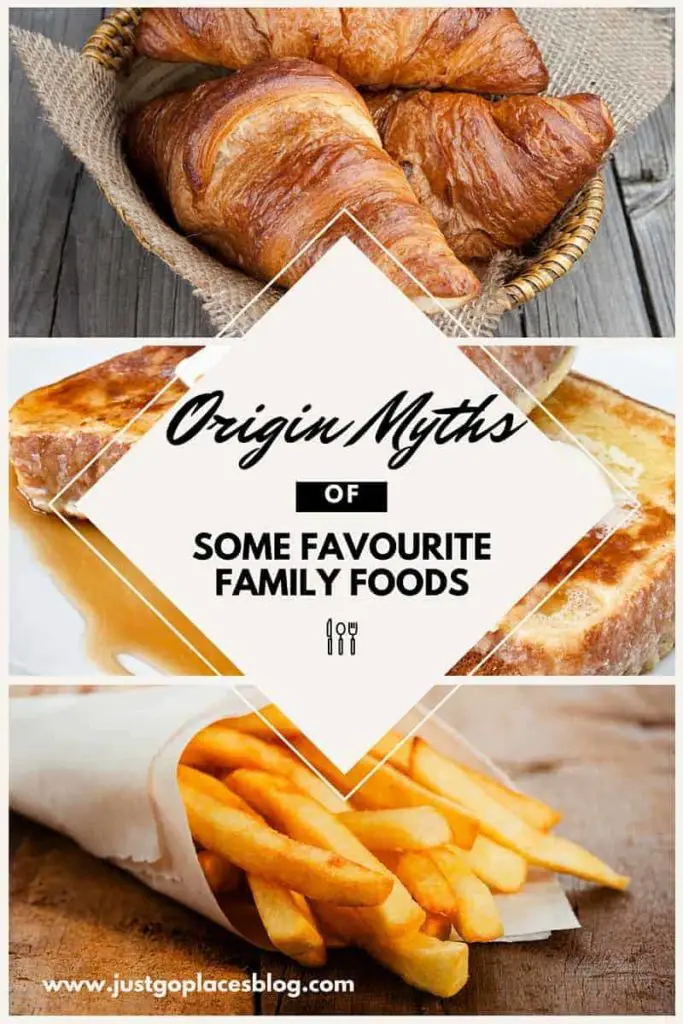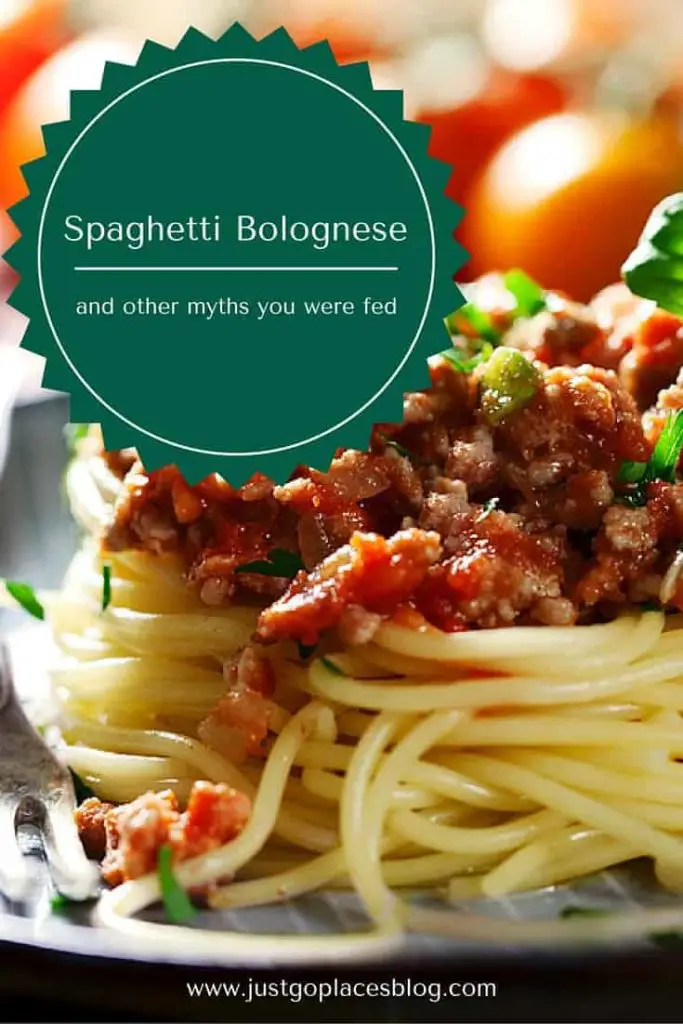Our recent trip to Sicily had me rethinking the origins of some of my favourite foods. It all started when I went traipsing through Sicily in search of Sicilian pizza (as I know it) only to come up empty. I realised that travelling abroad has shattered more than a few food myths that I knew from living in the United States. It’s not just Sicilian pizza but other firm favourites that turned my food world upside down. Here are some of the origin myths behind seven favourite foods from around the world that many of us love.
Here are seven popular foods that got adapted as they emigrated from one country to another. Stop now, if you can’t handle the truth.
Yes, this YouTube clip from A Few Good Men is gratuitous but I love that movie, too. This scene will never get old.
Contents
Italian Food
Sicilian pizza
I have an undying love pizza which I blame on my New York upbringing. In New York, we have two types of pizza – the triangular slices known as Neapolitan pizza and the square slices known as Sicilian pizza.
In fact, I even took the kids on a pizza tour of Brooklyn with A Slice of Brooklyn Bus Tours so they too could appreciate good pizza (as the Italian-Americans intended it). The highlight of the tour was comparing a Neapolitan pizza at Grimaldi’s Pizzeria located underneath the Brooklyn Bridge with what is supposed to be the best Sicilian pizza in Brooklyn at L&B Spumoni Gardens. My family was evenly split on which type of pizza they preferred.
Imagine my surprise when I get to Sicily and I can’t find Sicilian pizza (as I know it) anywhere. What?? My childhood and all I hold dear comes crashing down around me as I am offered one triangular slice of pizza after another. I would have cried if I wasn’t busy stuffing my face full of one delicious slice after another.
I finally solved the mystery thanks to Mimmo, the chef at Osteria Bacchus in tiny Sant Ambrogio, where we took a cooking lesson. Mimmo told us about sfincione which eventually became the Sicilian pizza that I know. Sfincione is focaccia bread topped with onions and oregano and liberally drowned in tomato sauce. It is served cut into square slices. The anchovies and cheese topping are optional. Here is a recipe for sfincione the traditional way.
Sfincione is traditionally eaten the night before the Catholic festival of the Immaculate Conception and on Christmas Eve. On the StrEAT Palermo tour, though, we found a Sfincione cart which sells it throughout the year. I can see some similarities but in my opinion, the gooey melted cheese of New York Sicilian pizza is what makes it extraordinary.
Spaghetti Bolognese
On my trip to Bologna, I discovered that Spaghetti Bolognese is not actually an Italian dish. I had been lying to my children all these years. The people of Bologna like to put their ragu sauce with tagliatelle which is flatter and wider to hold onto the sauce better. The ragu sauce itself is meaty but not as saucy as we know Bolognese. Spaghetti is a popular pasta from Southern Italy and the sauces tend to be thicker.
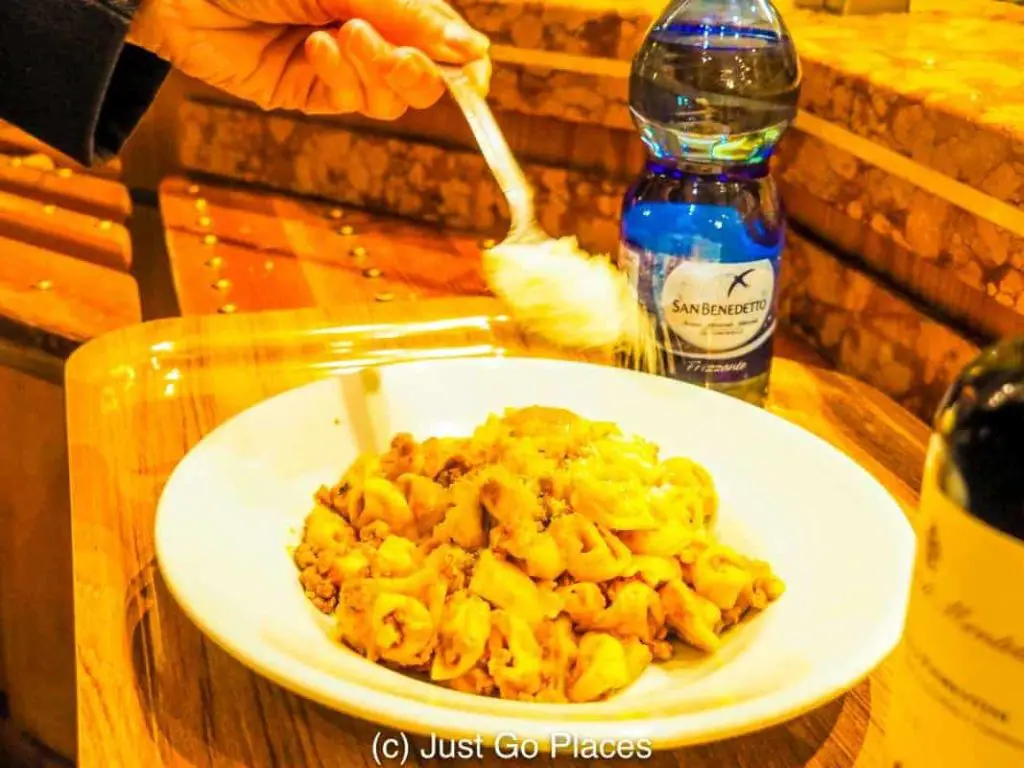
The traditional ragu sauce of Bologna is not very thick. The Brit who wanted more sauce on his Indian food (see the story below) would not be impressed.
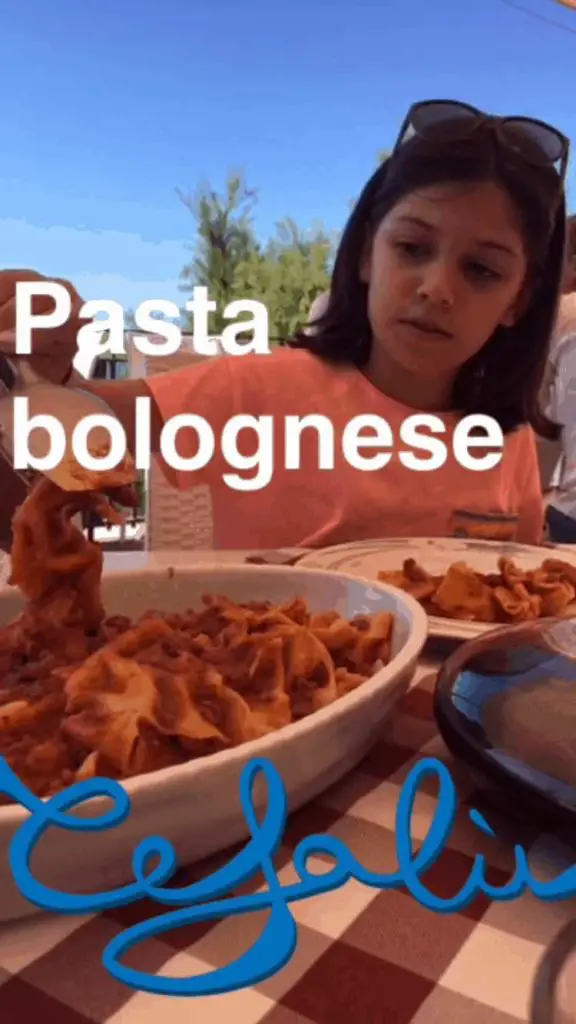
The bolognese sauce we know in the USA is thicker like this one we had at Osteria Bacchus in Sicily.
Our trip to Sicily highlighted how thick their version Bolognese sauce is. No doubt, it is this version that made it to the USA along with all the Southern Italian and Sicilian immigrants. Just like so many other American exports, the American version became the standard.
English Food
English Muffins
My brother was devastated to find that he couldn’t find English Muffins when he visited me in England. Thanks to the ever-present television commercials, we had grown up hearing about how Mr. Thomas had emigrated to the USA in 1874 bringing his traditional recipe for English Muffins. The muffins had those nooks and crannies for holding onto butter. You could have them for breakfast or you could use them for making sandwiches.
You get muffins (like the American cupcake-version) but not English Muffins. The closest you get in British supermarkets are crumpets. Crumpets like what Little Miss Muffet was eating sitting on her tuffet.
Although they look similar, crumpets are thicker and have smaller air pockets. Frankly, they are not as good as Thomas’s English muffins. I’m so glad he brought his recipe to the USA. The butter doesn’t melt in crumpets as well, and they don’t get crispy. In a pinch, though, as any good carbohydrate lover will tell you, they will do.
Indian Food
Chicken Tikka Masala
The origins of the much-loved Indian dish Chicken Tikka Masala are fairly murky. Both the British and the Indians have laid claim to the dish. It is now a much-loved dish found in Indian restaurants all over the world.
One popular story says the dish was invented in the United Kingdom by a local chef when a customer at his Indian restaurant deemed chicken tikka too dry. The British, you see, are big on gravy with their meat. The chef threw in a can of tomato soup, some yogurt and spices to create a mild sauce for local taste buds. It’s probably not true but I love this story involving a grumpy chef and a stroppy customer.
Other restaurants in the United Kingdom, though, have claimed to have created the dish. The upshot? No one knows for sure who created the dish. Moreover, any Indian restaurant that claimed this dish was probably operated by Bangladeshis who had cornered the market on Indian restaurants in Britain.
Another version put forth by Indian foodies is that Chicken Tikka Masala has a long illustrious origin in Indian history. Chicken tikka was cooked for a Mogul Emperor who was paranoid about choking on chicken bones. Chicken tikka masala, itself, probably derives from the popular very-Indian dish, Butter Chicken (or murgh makhani) created in New Delhi in the 1950’s. When Butter Chicken was brought to Britain by immigrants who adapted the dish for local tastes, a whole new uber-popular dish was created.
What I do know? It’s tandoori chicken in a creamy tomato sauce and it’s delicious. Good enough for me.
France
French Fries
Sometimes I wonder if Americans put the word French in front of something so that it automatically sounds more sophisticated. For example, French Fries sounds pretty elegant for something that McDonald’s serves in the millions.
Francophile Thomas Jefferson had his French chef prepare potatoes like the French do for a dinner in the White House. Although the Belgians claim they started frying potatoes long before the French, the name came about because Americans gave naming credit to the French. Somewhere in the early 20th century the name French Fried Potatoes got shortened to French Fries. To make matters more confusing, British English distinguishes between fries (thin-cut) and chips (thick-cut).
French Toast
I grew up loving French Toast which my mother would make on weekends as a treat. French Toast is also not from France but has been around for hundreds of years as a way to use up stale bread. Dipped in milk and egg and then fried, stale bread suddenly became fancy (and French). I love the story (probably apocryphal) that the French part got added because an 18th century grammatically-challenged New Yorker named French sold the dish at his restaurant.
The Croissant
And, to make it a perfect threesome for French food fables, pretty much all the experts agree that the croissant came from Austria. According to legend, the shape comes from the crescent moons on the Ottoman Empire flags. The Austrians made the bread to celebrate an Ottoman defeat. The Viennese were known for their pastry prowess which is something they pride themselves on to this day. Although an Austrian baker brought the croissant to France, the version we eat today with the flaky buttery pastry was a French innovation.
Food Adaptations
So, it’s not just people that emigrate and adapt to their new environments. The food they bring with them may change to the extent that it is unrecognisable to the people in their homeland. As you can see, it’s not all traffic from Europe to the USA either. Anywhere you get people moving, you will find they bring the comfort of their favourite food with them.
I find it ironic that both the tomato and the potato were brought back from the New World by European explorers. They went into dishes that travelled to the United States. American popular culture exported them to the rest of the world.
What other food fables do you know? I’d love to hear them. Go on, I’m a big girl. I can handle the truth.

